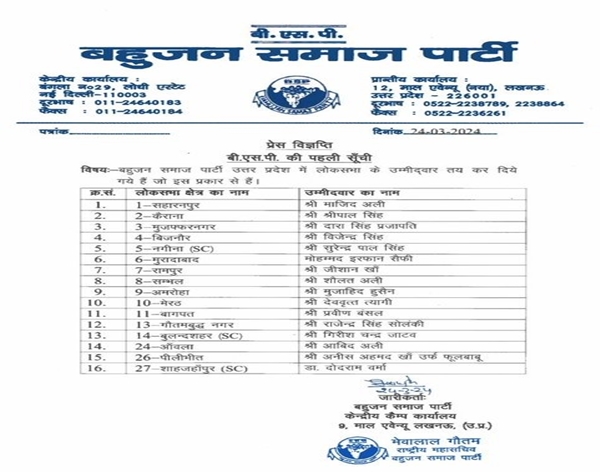In a recent episode of the program Spotlight, economic analyst A K Bhattacharya joined anchor Ishan Mittal to discuss the Goods and Services Tax (GST) on its 6th anniversary. The discussion delved into the positive impact of GST on consumers, the role of technology in the tax system, the gradual rise in tax collections, and the potential for further simplification and expansion.
Bhattacharya began by highlighting the three main advantages of the GST. Firstly, it aimed to eliminate the multiplicity of taxes by bringing them under one umbrella, excluding customs duty. Secondly, it sought to eliminate the cascading effect of taxation, ensuring that the burden of taxes paid at intermediate stages is not borne by manufacturers and suppliers. Lastly, the GST aimed to promote cooperative federalism, with the central and state governments coming together under the Goods and Services Tax Council to decide on tax rates.
The GST was introduced on July 1, 2017, and initially faced glitches and challenges. The COVID-19 pandemic further impacted GST collections. However, in the last few years, with the use of technology and rationalization of the tax structure, GST collections have seen steady growth. In June 2023, the growth rate was recorded at 12%, with an average monthly collection of 1.6 lakh crores. Bhattacharya emphasized that while progress has been made, there is still room for improvement in terms of simplicity and ease of compliance.
GST collections have increased from 80-90,000 crores initially to 1.87 trillion rupees in April and have remained above 1.6 trillion. Bhattacharya attributed this rise to the rationalization, moderation, and stabilization of tax rates. Additionally, technology has played a crucial role in plugging leakages, preventing evasion, and improving compliance. These factors have stimulated economic activity and consumption, resulting in increased tax collections.
When it comes to further streamlining and expanding the GST, Bhattacharya acknowledged that the number of taxpayers has doubled over the past six years, reaching 13.6 million. However, there is still potential for simplification by reducing the multiplicity of tax rates, which currently stand at around five to six. Streamlining the rates can help alleviate confusion and improve the system's efficiency.
In conclusion, the discussion shed light on the transformative impact of the GST on India's indirect tax system. While progress has been made, there is ongoing scope for improvement, including simplification, expansion, and continued technological advancements. The GST has undoubtedly played a pivotal role in unifying the country's tax structure, fostering cooperative federalism, and contributing to economic growth.
Full Episode at: https://youtu.be/40CYBy3YZQs















